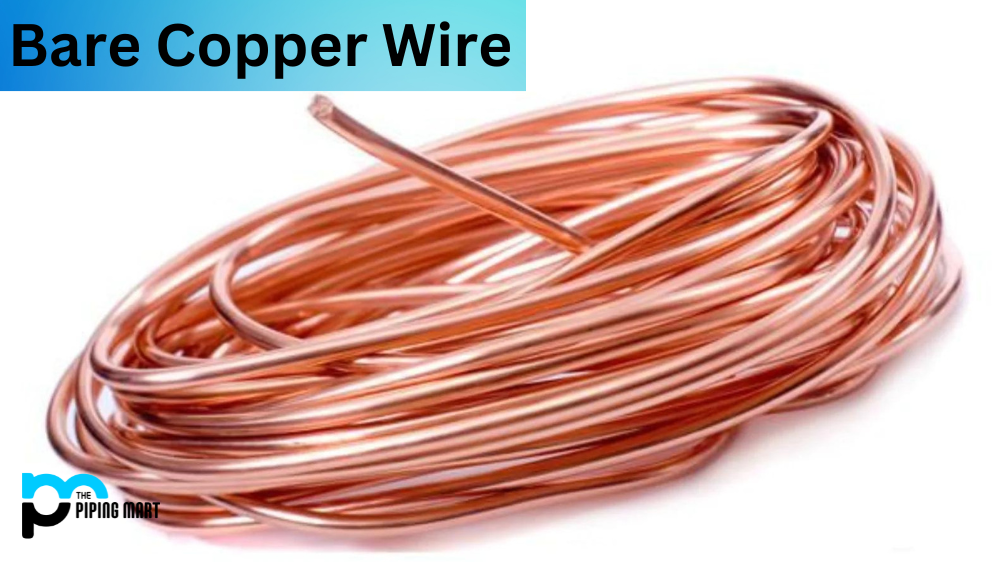Aluminium is one of the most abundant metals in the world, but it is also widely used in various industries. From window frames to aircraft components, aluminium plays an essential role in modern life. But how does this metal get extracted from its ore? In this blog post, we’ll look at the aluminium extraction process.
Aluminium Extraction
Aluminium extraction begins with bauxite ore, a type of rock rich in aluminium oxide. This oxide must then be processed into a purer form before it can be used to make aluminium. To do this, the ore must first be heated until it reaches temperatures up to 1,000 degrees Celsius (1,800°F). This high temperature causes the aluminium oxide molecules to break apart, leaving behind pure aluminium atoms.
Once this has been achieved, the next step is to separate the impurities from the pure aluminium atoms. This can be done by passing an electric current through a liquid solution containing dissolved bauxite ore. The pollutants are attracted to the electric current and are removed from the solution while the pure aluminium atoms remain intact. After completing this process, you are left with a solution containing primarily pure aluminium atoms.
The Final Stage of Extraction
The last step in the extraction process involves removing any remaining impurities from the solution and turning it into solid aluminium metal. This can be accomplished by running an electrolytic reaction between two electrodes placed within the solution containing bauxite ore and dissolved salts such as sodium chloride (NaCl). During this reaction, electricity passes through the electrodes, causing some dissolved salts to break down into their component elements, such as oxygen and hydrogen gas, while also releasing pure solid aluminium metal at the cathode (-ve) electrode as a product.
Conclusion:
Extracting aluminium from its ore can seem daunting, but with enough patience and know-how, it can be done relatively quickly! By heating bauxite ore until it reaches temperatures close to 1,000°C (1,800°F), passing an electric current through a liquid containing dissolved bauxite ore, followed by running an electrolytic reaction between two electrodes placed within that same solution – you will have successfully extracted aluminium from its ore! For students studying chemistry or manufacturing processes involving aluminium extraction – understanding how all these steps work together will provide invaluable knowledge for future career endeavours!




